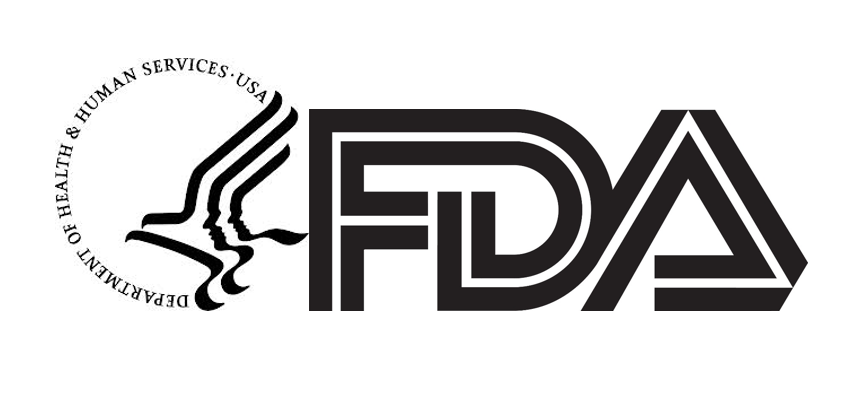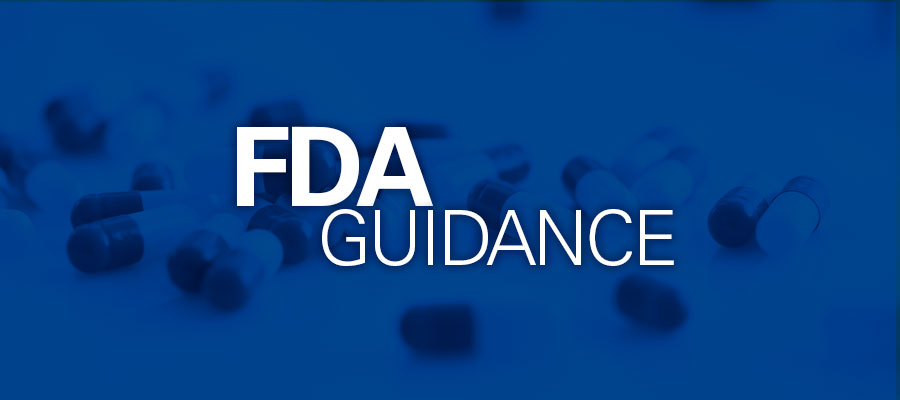The Food and Drug Administration (FDA) has published the draft guidance dedicated to the principles for selecting, developing, modifying, and adapting patient-reported outcome instruments for use in medical device evaluation.

Scope of the guidance
According to the official announcement, industry representatives are allowed to submit their comments and suggestions before October 30, 2020. Only those submitted before the aforementioned date would be considered by the authority when preparing the final version of the guidance.
The scope of the FDA guidance covers:
- An overview of the principles applied in the context of patient-reported outcome instruments,
- Recommendations regarding the fitness for the purpose,
- Best practices in the sphere of patient-reported outcome instrument development, modification, and adaptation.
Patient-Reported Outcome Instruments in Brief
As it is stated by the Agency, it is important to increase the involvement of the patients in the process of development, evaluation, and surveillance of medical devices. The information collected from patients is of importance when it takes to the evaluation of medical devices, their features, and their performance.
In accordance with the FDA draft guidance, patient-reported outcome (PRO) instruments are the ones used for the systematic collection of how patients feel, function, and survive as valid scientific evidence to support the regulatory and healthcare decision-making process. The patient-reported outcome instruments allow us to collect the data related to the safety and performance of medical devices for the purpose of using it the same way as the data collected in the course of clinical evaluation. Under the general rule, PRO instruments should be used on a voluntary basis, while in some cases the FDA would highly recommend applying them.
According to the FDA draft guidance, PRO instruments include, inter alia, the following ones:
- Patient diaries,
- Visual analog scale,
- Symptom measures,
- Multidomain questionnaires intended to measure the aspects of health-related quality of life (HRQOL).
The Agency additionally emphasizes that the term «PRO» is actually broader than the “HRQOL”. The latter usually covers the physical, social, and emotional aspects.
In terms of the collection process, PRO instruments could be based on self-reporting or interviews. It is also important to mention that in the case of an interview, only the information directly provided by the patient (patient`s responses) should be collected. The main idea of the PRO instruments concept, in general, is to collect and use the data based on the aspects that are known only to the patient and could not be collected and evaluated by healthcare professionals in any other way. For instance, such instruments could be used in the course of clinical trials for the purpose of evaluation of the effects caused by the medical device subject to review and the appropriate changes in the patient’s health resulting from the use of the device.
PRO Instruments: Regulatory Background
In order to assist medical device manufacturers and other parties involved in the evaluation of medical devices, the FDA has already published several guidance documents covering various aspects related to the development, modification, and application of patient-reported outcome instruments. The list of the documents published by the FDA includes the following ones:
- “Patient-Reported Outcome Measures: Use in Medical Product Development to Support Labelling Claims”,
- Guidelines on the Patient-Focused Drug Development,
- “Value and Use of Patient-Reported Outcomes (PROs) in Assessing Effects of Medical Devices”,
- “PRO Case Studies”, providing the examples of patient-reported outcome instruments, and
- “PRO Compendium”, a document containing a non-exhaustive list of PRO instruments used in clinical trials.
It is also important to mention that medical device sponsors (interested parties) are allowed to use patient-reported outcome instruments in the context of the development and evaluation of medical devices. The appropriate rule has been set forth by the Medical Device Development Tools program. Thus, the Center for Devices and Radiological Health (CDRH) recognizes such data as admissible evidence to be used in the context of medical device safety and performance evaluation.
The Agency emphasizes the importance of inclusion of the information collected directly from the patients to the scope of the documents to be submitted by the applicants in the course of applying for FDA approval. Such information could be also useful for the purpose of the decision-making process related to treatment and care. The authority states that the data deriving from the patient-reported outcomes instruments constitute an important source of information to be considered for benefit-risk assessment and preparation of the labeling.

Application of PRO Instruments for Medical Device Evaluation
The present FDA draft guidance describes the way the patient-reported outcomes instruments should be applied properly in the course of medical device evaluation.
First of all, the Agency outlines the core principles to be considered, namely:
- Determination of the concept of interest (COI) to be captured,
- Identification of the particular role the patient-reported outcomes instruments should take,
- Demonstration of reliability of PRO instruments in the context of the COI.
- Reflection of the results obtained through the evaluation of PRO-generated data in the labeling of the medical device.
In accordance with the draft guidance, one of the most important concepts associated with PRO instruments relates to the suitability of the instruments applied for a particular purpose. The Agency states that patient-reported outcomes instruments should «fit-for-purpose», providing that the particular PRO instrument applied by the study sponsor should be aligned with the concept of interest as a scope of the evaluation.
When determining whether the particular PRO instrument is «fir-for-purpose» the following points should be considered:
- Importance of the concept measured by the instrument for the patients,
- The role of the PRO instrument in the protocol of clinical trials and the statistical analysis plan.
- Whether the use of the particular PRO instrument is reasonable in the context of the objectives of the clinical trials.
It is also important to mention that the sponsor of the study shall ensure consistency of the population since it is important for ensuring the sufficient accuracy and reliability of the results deriving from the use of PRO instruments. This aspect is the FDA will pay special attention to.
Besides the aforementioned points, the FDA draft guidance on patient-reported outcome instruments also describes the best practices for the least burdensome selection, development, modification, and adaptation of such instruments in accordance with the objectives of the clinical trial and device-specific aspects. In particular, the study sponsor shall properly take into consideration the following points:
- Importance of the measured concepts for the patients,
- Whether the PRO instruments applied are understandable to the patients participating in the study,
- The role of the patient-reported outcome in the protocol of the trial.
- Availability of alternative solutions.
- Collaboration with stakeholders.
Summarizing the information provided hereabove, the FDA draft guidance on patient-reported outcome instruments provides study sponsors with additional recommendations and clarifications regarding the intended purpose of PRO instruments, the regulatory approach, and the particular way they should be applied in the context of clinical trials in order to ensure the reliability and legal admissibility of the evidence collected.
How Can RegDesk Help?
RegDesk is a next-generation web-based software for medical device and IVD companies. Our cutting-edge platform uses machine learning to provide regulatory intelligence, application preparation, submission, and approvals management globally. Our clients also have access to our network of over 4000 compliance experts worldwide to obtain verification on critical questions. Applications that normally take 6 months to prepare can now be prepared within 6 days using RegDesk Dash(TM). Global expansion has never been this simple.
Sources:

